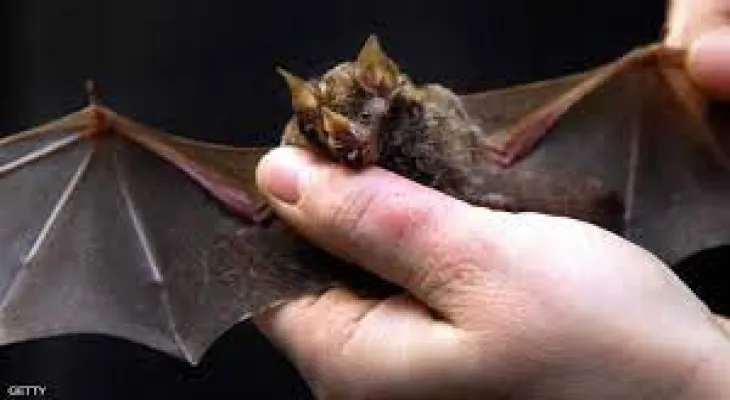Search here
Newspaper
Search here

Arab Canada News
News

Published: July 27, 2022
A deadly fungal disease affecting bats has been discovered for the first time in Saskatchewan’s Grasslands National Park.
White-nose syndrome affects bats during hibernation when their body temperature significantly drops.
Trent Bollinger, regional director of the Canadian Wildlife Health Cooperative and a veterinary pathology professor at the University of Saskatchewan, said the disease can be devastating to bat species that hibernate.
He explained, "This can cause them to repeatedly exit hibernation and use up the stored energy they accumulated during the fall leading to hibernation, and this energy depletion is the reason for their death during the hibernation period."
Bollinger said the fungus is found in caves where bats live and causes erosion and ulcers on their skin before eventually entering the underlying tissues.
While the disease is contagious only to bats, the environmental effects can impact everyone, according to Eja Stasiak, a wildlife health specialist at Saskatchewan’s Ministry of Environment.
Bats play a truly important and huge environmental role. They are primary nocturnal predators of flying insects, including crop pests, so they save the agricultural industry millions of dollars annually in pest control."
The disease is known to cause a sharp mortality rate among bat colonies.
Stasiak said, "We may already be witnessing a population-level impact. These fungi are devastating to bat species that hibernate and can cause losses exceeding 90 percent in some winter hibernations, so we will be monitoring this closely."
White-nose syndrome has significantly affected bat populations in North America since its discovery in 2006.
Bollinger said the disease was first discovered in New York state, but researchers believe it might have been brought from Europe.
The ministry said it will collect skin swab samples from bats in the province as part of surveillance.
Stasiak said, "We are also working with Wildlife Conservation Society Canada, which has a project in the prairies investigating bridge sites, so we will collect samples from the bird and test samples from it.
Comments